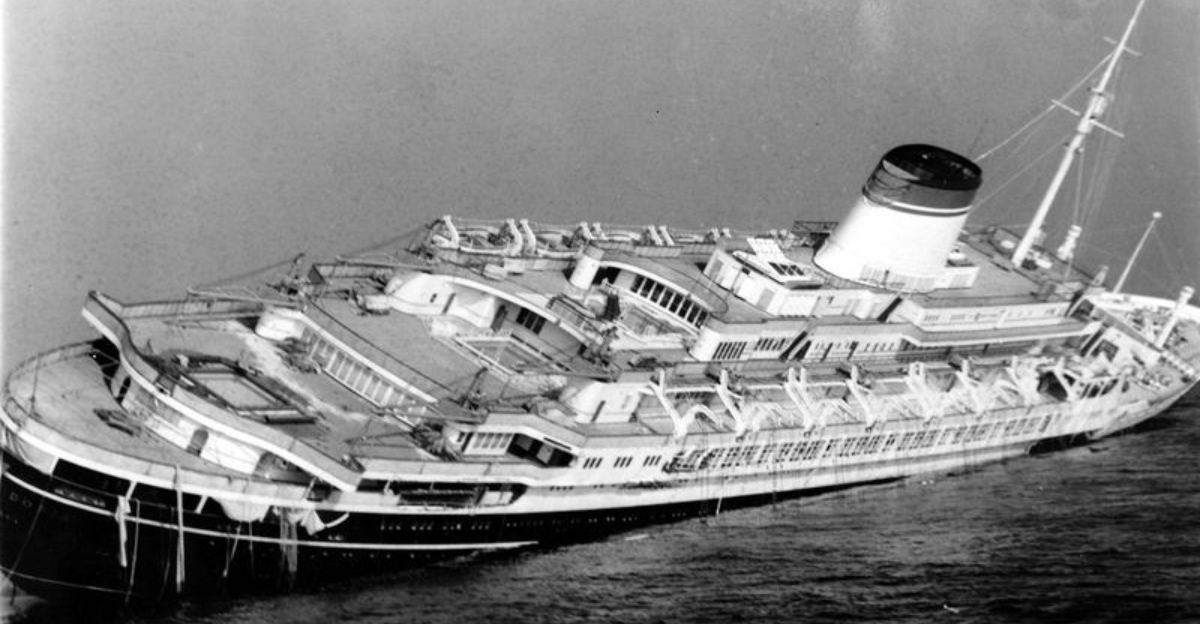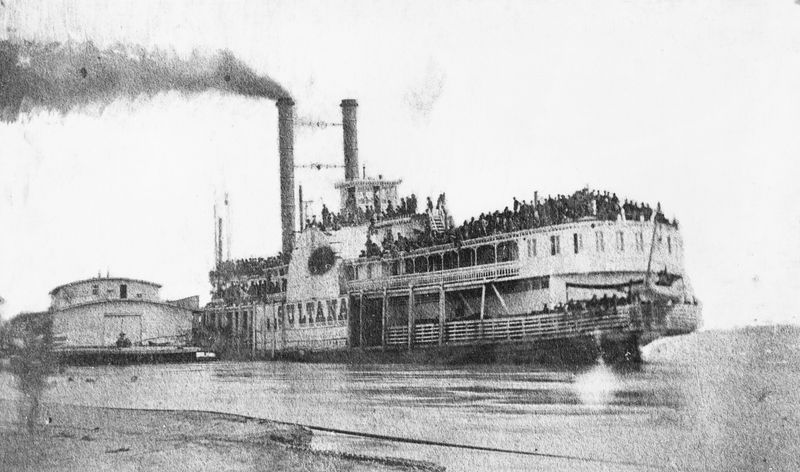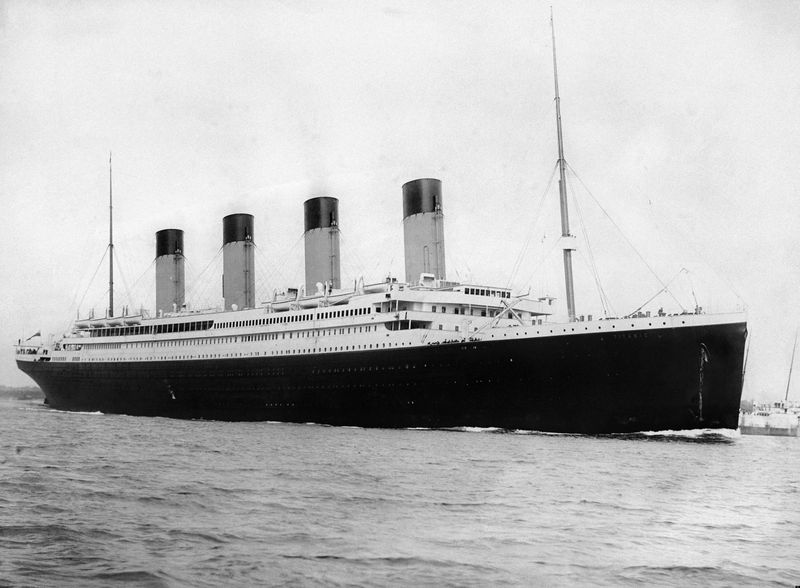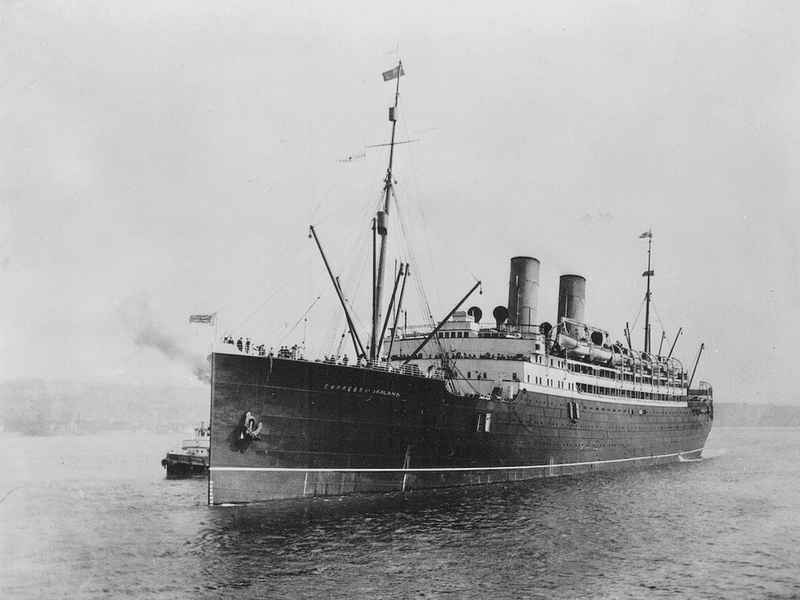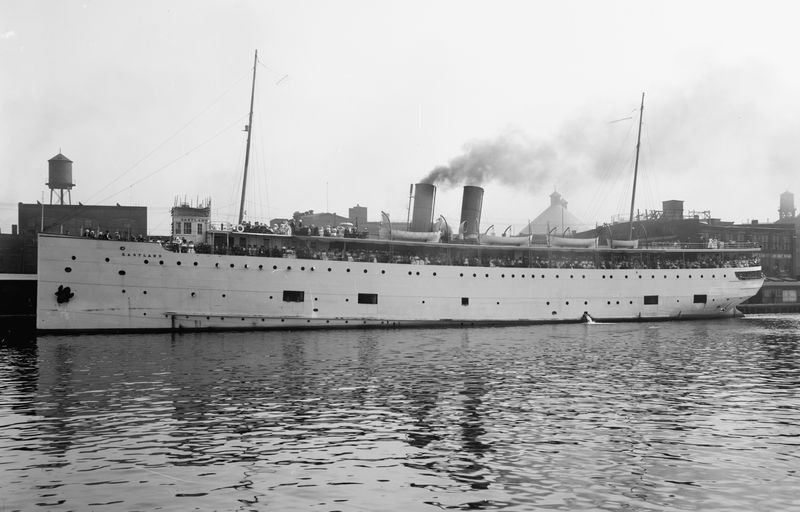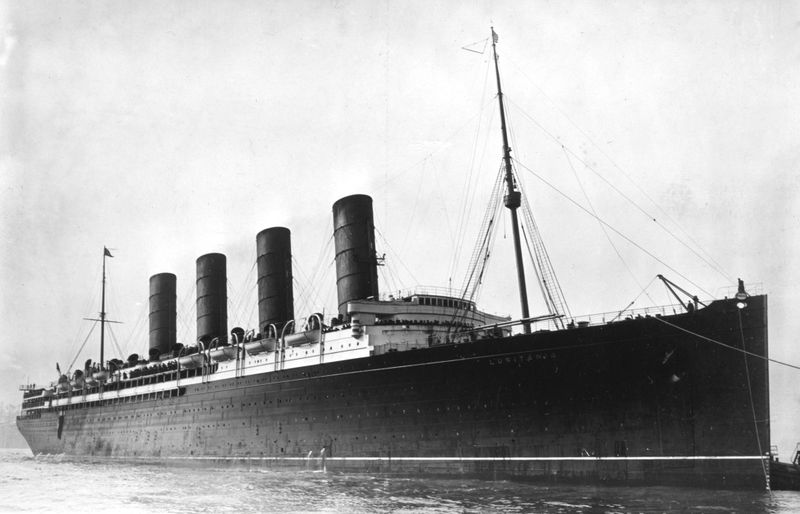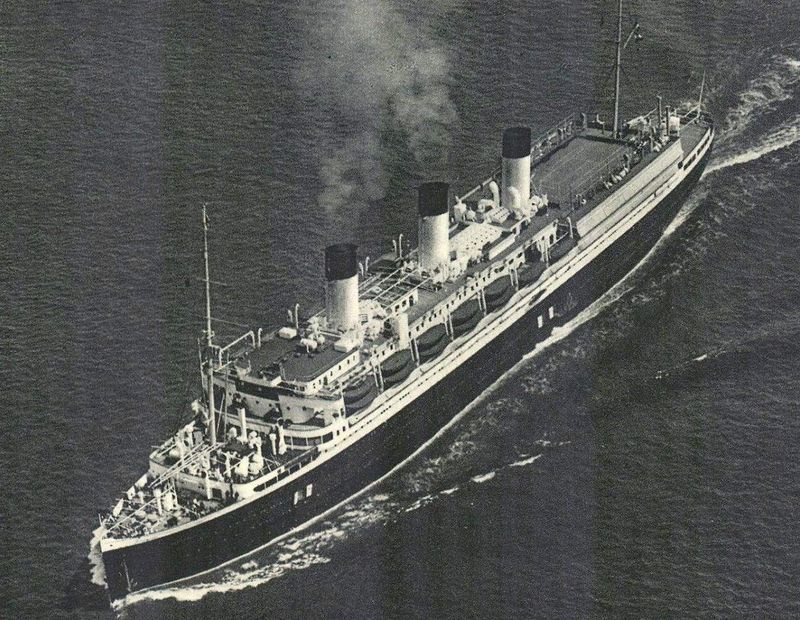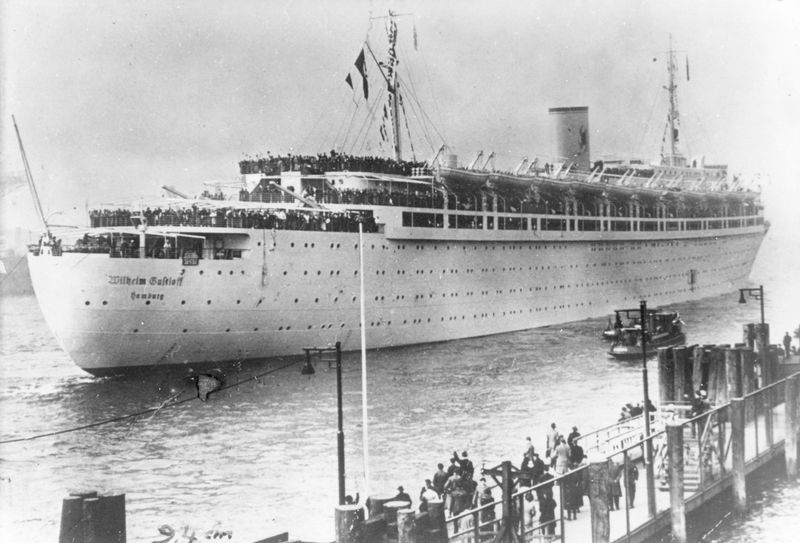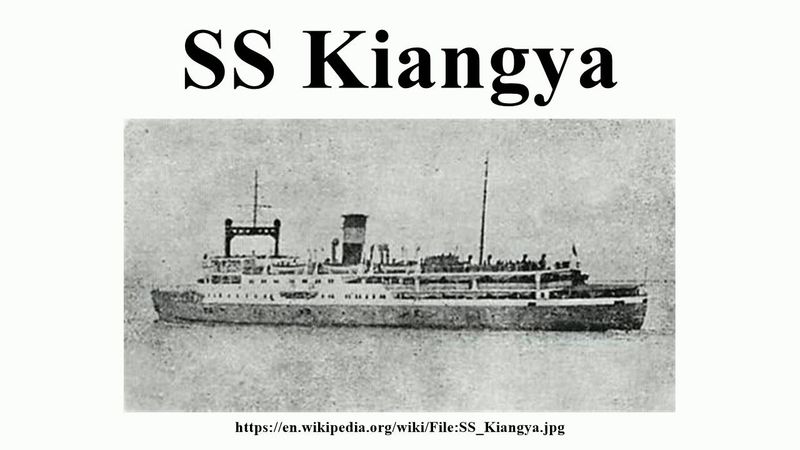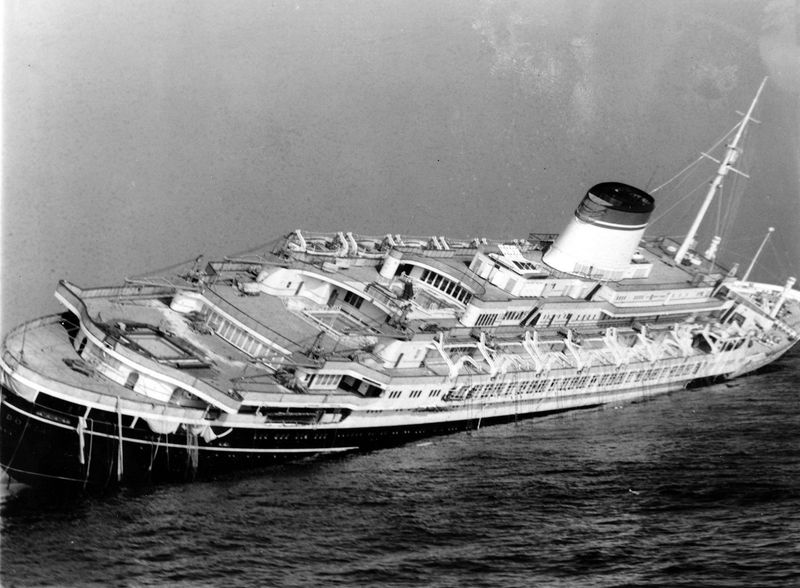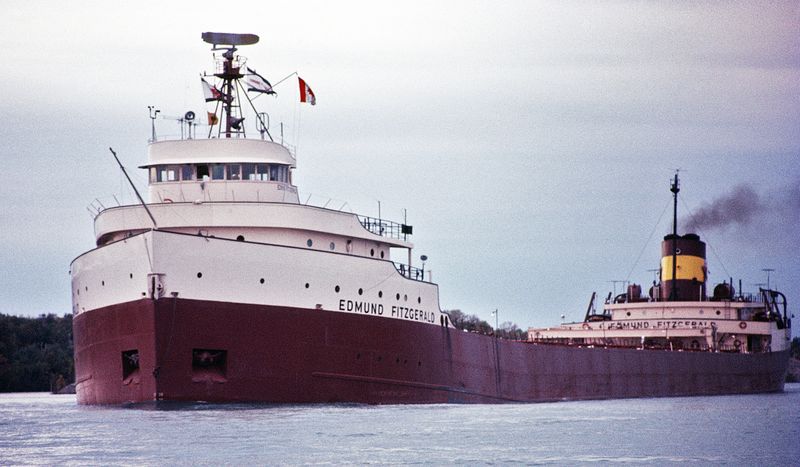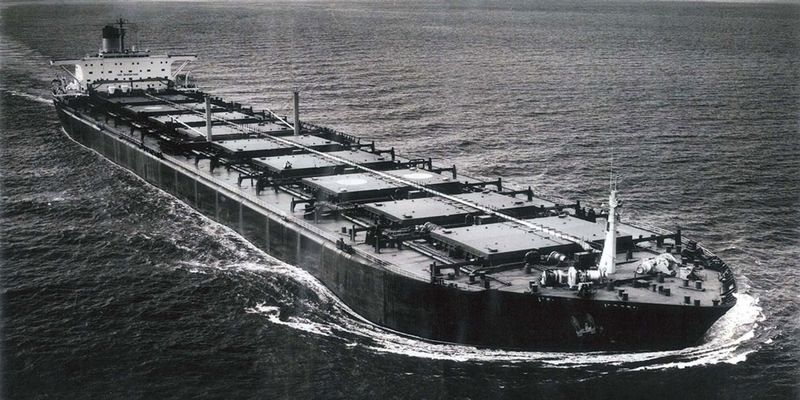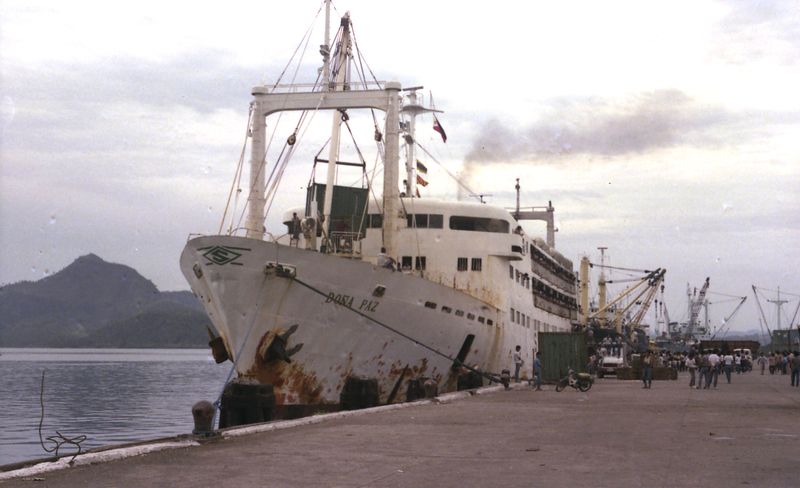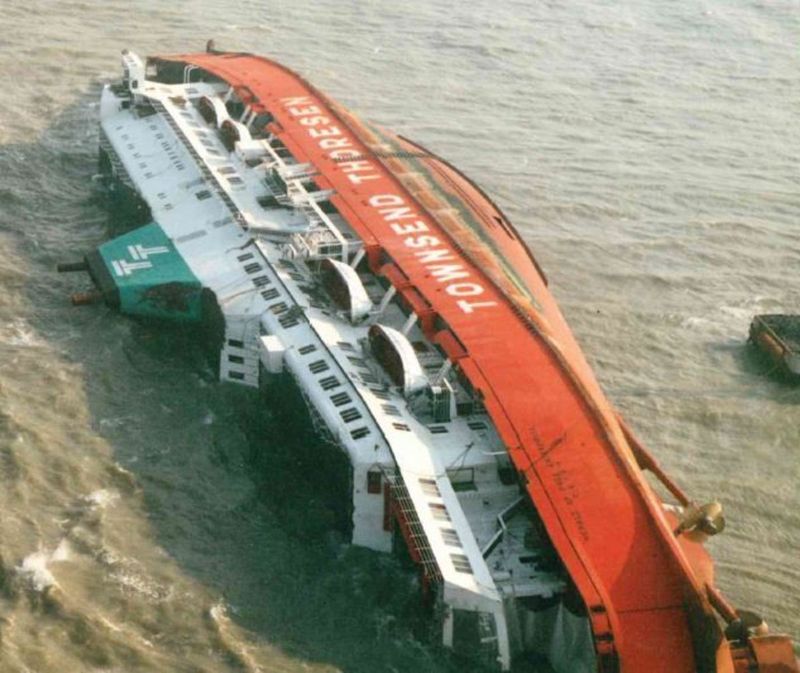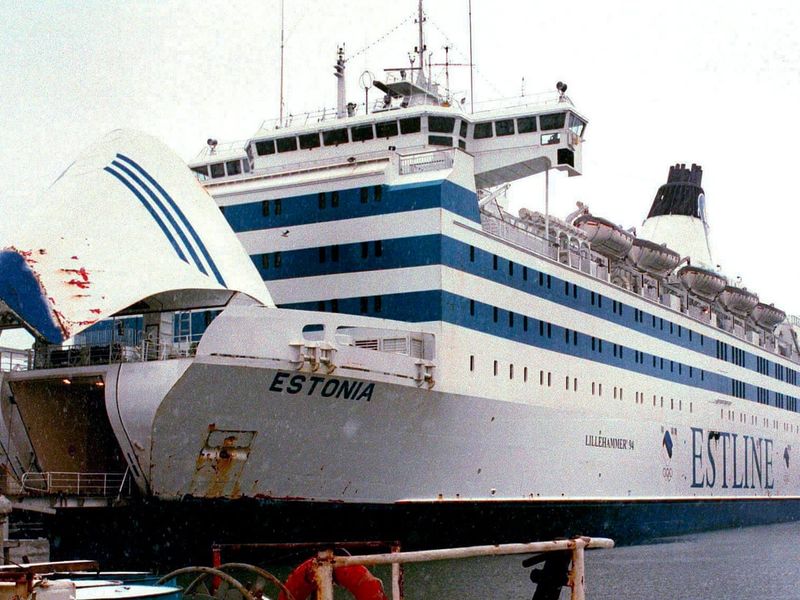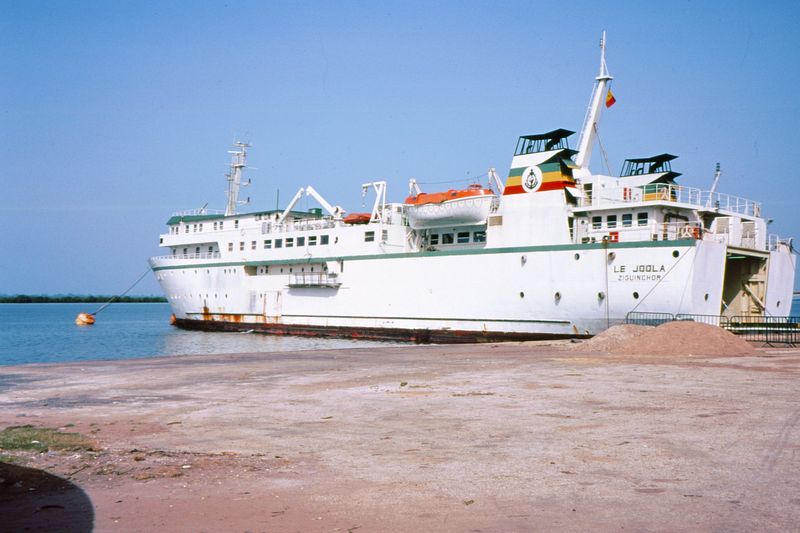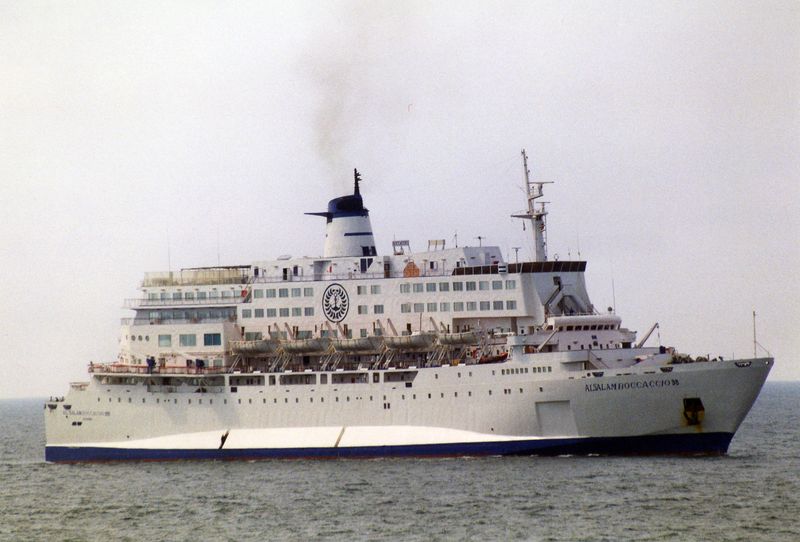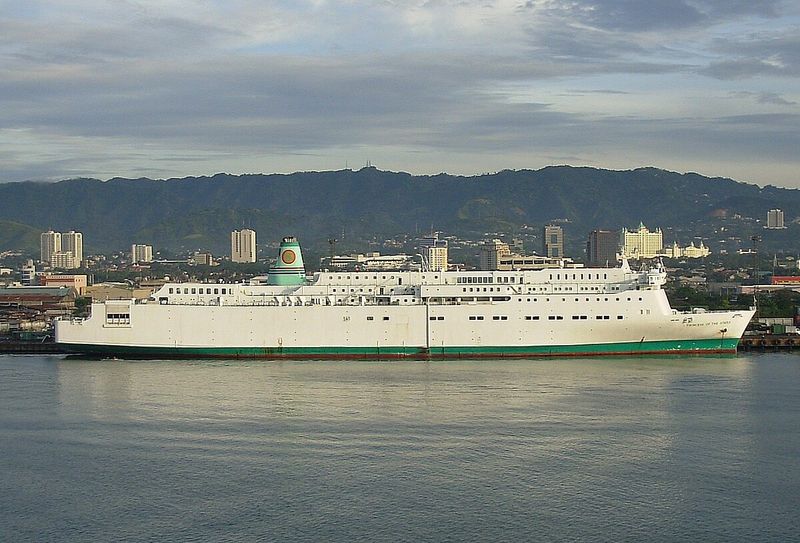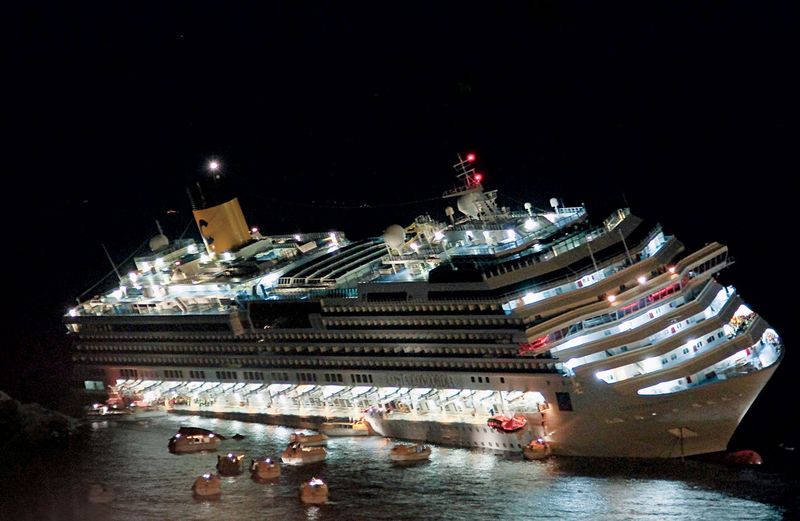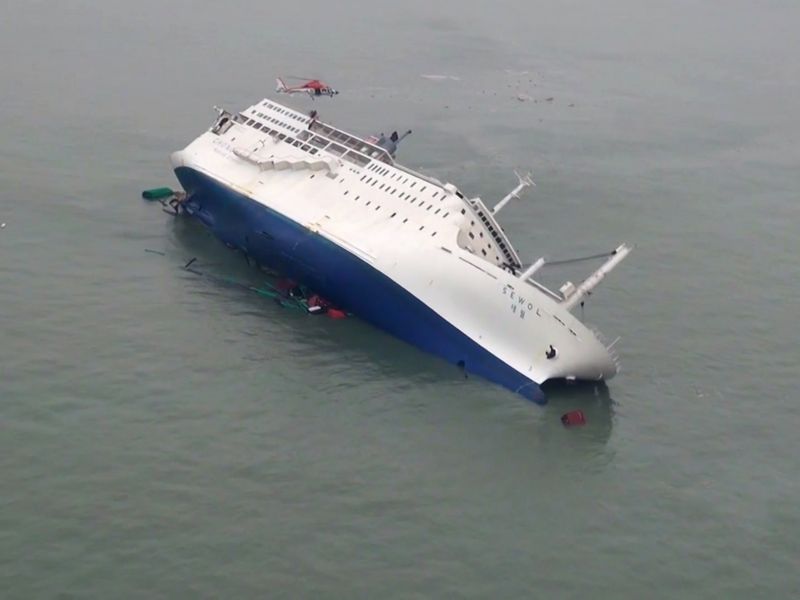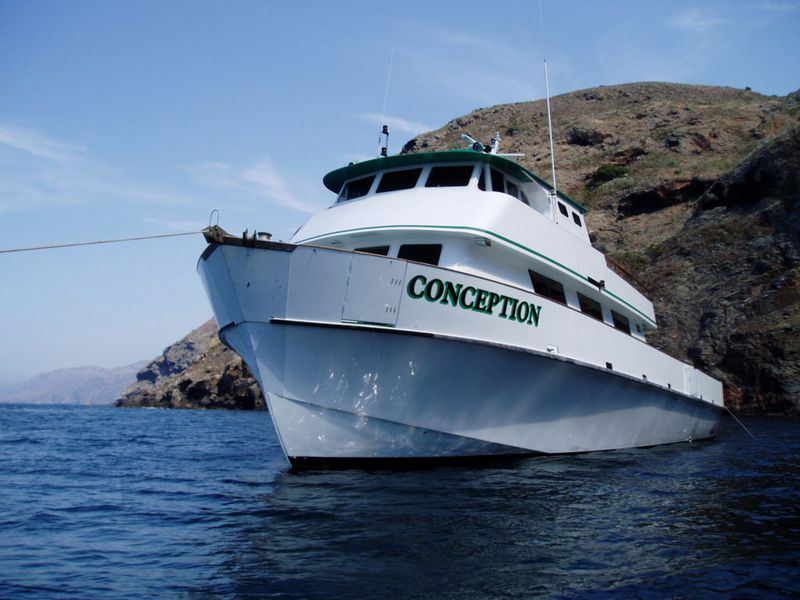Throughout history, maritime voyages have been fraught with peril, resulting in some of the most tragic disasters.
These incidents have left an indelible mark on maritime history, highlighting the dangers and unpredictability of sea travel.
This blog post explores 20 of the worst ship disasters, each with its own harrowing tale of tragedy and loss.
1. SS Sultana (1865)
The SS Sultana suffered a catastrophic boiler explosion on April 27, 1865, on the Mississippi River. This tragedy occurred shortly after the end of the Civil War and involved recently released Union POWs.
The ship was severely overcrowded, with over 2,000 passengers, far exceeding its capacity. When the explosion occurred, the vessel quickly caught fire, leading to one of the deadliest maritime disasters in U.S. history.
Many passengers were trapped, and the freezing waters of the Mississippi claimed even more lives. The disaster resulted in an estimated 1,800 deaths, overshadowed at the time by the assassination of President Lincoln.
2. RMS Titanic (1912)
The tragic sinking of the RMS Titanic on April 15, 1912, after hitting an iceberg, is one of the most infamous maritime disasters. The ship, deemed unsinkable, lacked sufficient lifeboats for all passengers.
In the freezing North Atlantic, chaos and panic ensued as the lifeboats were lowered. Many passengers and crew were left to face the icy waters as the ship broke apart and sank.
Of the 2,224 people aboard, more than 1,500 lost their lives, marking a turning point in maritime regulations, leading to improved safety measures and lifeboat requirements.
3. RMS Empress of Ireland (1914)
On May 29, 1914, the RMS Empress of Ireland collided with the Norwegian collier SS Storstad in the Saint Lawrence River. Dense fog played a critical role in the disaster.
The collision caused a massive breach, and the ship listed severely, sinking in just 14 minutes. Of the 1,477 passengers and crew, 1,012 perished, making it one of Canada’s deadliest maritime disasters.
The speed of the sinking left little time for evacuation, and the cold waters further hindered rescue efforts. This tragedy emphasized the need for better communication and navigation protocols.
4. SS Eastland (1915)
The SS Eastland capsized on July 24, 1915, in the Chicago River while still moored to the dock. This disaster resulted in the loss of 844 lives, mostly employees of Western Electric Company.
The ship was top-heavy due to modifications and the addition of lifeboats. When passengers crowded to one side, the vessel became unstable and rolled over.
The tragic event highlighted the dangers of improper ship modifications and led to stricter regulations. The swift capsizing left little time for escape, and many passengers were trapped inside.
5. RMS Lusitania (1915)
On May 7, 1915, the RMS Lusitania was torpedoed by a German U-boat off the coast of Ireland. The ship sank in just 18 minutes, resulting in the deaths of 1,198 passengers and crew.
This incident played a significant role in shifting public opinion against Germany during World War I, particularly in the United States. The loss of civilian lives and the speed of the sinking were shocking.
The sinking led to debates over maritime warfare and neutrality, eventually influencing America’s entry into the war. It underscored the vulnerability of passenger ships in wartime.
6. SS Cap Arcona (1945)
The SS Cap Arcona, a former ocean liner, was mistakenly attacked by British forces on May 3, 1945, in the Bay of Lübeck. The ship was carrying thousands of concentration camp prisoners.
Miscommunication led to the attack, and the resulting fire and sinking claimed the lives of over 4,000 prisoners. This tragedy occurred just days before the end of World War II.
The incident highlighted the chaos and confusion at the war’s end and remains one of the deadliest maritime disasters in history. The loss of life was a tragic culmination of wartime atrocities.
7. MV Wilhelm Gustloff (1945)
On January 30, 1945, the MV Wilhelm Gustloff was torpedoed by a Soviet submarine in the Baltic Sea. The ship was evacuating German civilians and military personnel.
In the midst of a snowstorm, the ship sank quickly, leading to the deaths of over 9,000 people, making it the deadliest maritime disaster in history.
The tragedy underscored the horrors of war and the perilous nature of sea evacuations. The vessel was severely overcrowded, and the icy waters made survival nearly impossible. The disaster remains a somber reminder of wartime human loss.
8. SS Kiangya (1948)
The SS Kiangya, a passenger steamship, exploded on December 4, 1948, near Shanghai, China. The explosion, likely caused by a leftover Japanese mine, resulted in the vessel’s rapid sinking.
With an estimated 3,920 deaths, the disaster stands as one of the deadliest maritime tragedies in Asia. The ship was overloaded with refugees fleeing the Chinese Civil War.
The incident highlighted the ongoing dangers of unexploded ordnance and the desperate conditions of wartime refugees. It remains a poignant reminder of the human cost of conflict and instability.
9. SS Andrea Doria (1956)
On July 25, 1956, the SS Andrea Doria collided with the MS Stockholm near Nantucket in dense fog. Despite the severe damage, the ship remained afloat for several hours.
This allowed for a more organized evacuation, yet 46 people still lost their lives. The elegant liner’s sinking captured the world’s attention and became a symbol of maritime glamour and disaster.
The collision prompted advancements in radar technology and safety protocols. The Andrea Doria’s loss highlighted the need for improved navigation and communication in crowded shipping lanes.
10. SS Edmund Fitzgerald (1975)
The SS Edmund Fitzgerald sank on November 10, 1975, during a severe storm on Lake Superior. The ship and its 29 crew members were lost without a distress signal.
The exact cause of the sinking remains unknown, adding to the mystery and lore surrounding the event. The disaster was immortalized in Gordon Lightfoot’s song, capturing public imagination.
The tragedy prompted changes in Great Lakes shipping regulations and a focus on weather monitoring. The ship’s disappearance remains a haunting reminder of nature’s unpredictability and the perils of maritime work.
11. MV Derbyshire (1980)
The MV Derbyshire, a large bulk carrier, sank on September 9, 1980, during Typhoon Orchid in the Pacific Ocean. All 44 crew members were lost, marking it as the largest British ship ever lost at sea.
The tragedy remained a mystery until the wreck was discovered in 1994. Investigations revealed structural weaknesses exacerbated by the storm.
The loss of the Derbyshire led to significant changes in bulk carrier design and construction standards. The disaster underscored the need for robust safety measures and ship integrity in extreme weather conditions.
12. MV Doña Paz (1987)
On December 20, 1987, the MV Doña Paz collided with the oil tanker MT Vector in the Philippines. The resulting fire and explosions led to one of the deadliest peacetime maritime disasters.
More than 4,300 people lost their lives, and only a handful survived. The ferry was grossly overloaded, with life-saving equipment in short supply.
The disaster highlighted severe safety lapses in the maritime industry, particularly in overcrowding and emergency preparedness. It remains a somber reminder of the human cost of neglect and oversight.
13. MS Herald of Free Enterprise (1987)
The MS Herald of Free Enterprise capsized on March 6, 1987, shortly after leaving the Belgian port of Zeebrugge. The ship’s bow doors were left open, allowing water to flood the car deck.
The disaster resulted in the deaths of 193 passengers and crew. The tragedy highlighted critical failures in safety checks and communication within ferry operations.
The event led to major changes in ferry design and operational protocols, emphasizing the importance of rigorous safety procedures. It remains a poignant example of how minor oversights can lead to catastrophic outcomes.
14. MS Estonia (1994)
The MS Estonia sank on September 28, 1994, in the Baltic Sea during a heavy storm. A failure in the bow visor allowed water to flood the car deck, leading to rapid capsizing.
The disaster claimed 852 lives, making it one of the deadliest maritime accidents in European waters. The tragedy exposed significant design flaws and led to industry-wide changes in ferry safety.
The sinking emphasized the need for better emergency response and highlighted the dangers of adverse weather conditions at sea. It remains a significant case study in maritime safety improvements.
15. MV Le Joola (2002)
The MV Le Joola ferry capsized on September 26, 2002, off the coast of Senegal. The vessel was grossly overloaded, carrying more than double its capacity.
The disaster resulted in the deaths of over 1,800 people, making it the second deadliest non-wartime maritime disaster. Poor weather conditions and inadequate safety measures contributed to the tragedy.
The incident led to public outcry and calls for better regulation and oversight of ferry operations, particularly in developing countries. It remains a stark reminder of the consequences of neglect and complacency.
16. MV al-Salam Boccaccio 98 (2006)
The MV al-Salam Boccaccio 98 sank on February 3, 2006, in the Red Sea during a voyage from Saudi Arabia to Egypt. A fire broke out on board, spreading rapidly and causing panic.
The vessel eventually capsized, resulting in the deaths of over 1,000 passengers and crew. The disaster highlighted significant lapses in safety procedures and emergency response.
The tragedy led to widespread calls for improved maritime safety standards in the region, focusing on fire prevention and evacuation protocols. It remains a poignant reminder of the vulnerabilities in maritime safety.
17. MV Princess of the Stars (2008)
The MV Princess of the Stars capsized on June 21, 2008, during Typhoon Fengshen near the Philippines. The ferry was caught in the storm, leading to its tragic sinking.
Over 800 people lost their lives, with only a few survivors found. The disaster highlighted failures in weather forecasting and decision-making in allowing the ship to sail.
The incident prompted changes in maritime regulations and improved monitoring of weather conditions. It underscored the necessity of prudent decision-making and preparedness in adverse weather.
18. Costa Concordia (2012)
The Costa Concordia ran aground on January 13, 2012, off the coast of Italy near Giglio Island. The cruise ship struck a rock, resulting in a massive tear in its hull.
The chaotic evacuation and the captain’s controversial actions drew significant media attention. 32 lives were lost in the disaster, sparking debates on safety and accountability.
The event led to stricter regulations in the cruise industry, emphasizing emergency preparedness and crew training. The Costa Concordia remains a stark reminder of the importance of responsibility and leadership at sea.
19. MV Sewol (2014)
The sinking of the MV Sewol on April 16, 2014, off South Korea’s coast was a national tragedy. The ferry was carrying mostly high school students when it capsized.
The disaster claimed 304 lives, with poor evacuation procedures and overloading contributing to the tragedy. The captain and crew’s actions faced severe criticism and legal consequences.
The incident led to major reforms in South Korea’s maritime safety regulations, focusing on passenger safety and accountability. It remains a painful reminder of the consequences of neglect and incompetence.
20. MV Conception (2019)
The MV Conception caught fire on September 2, 2019, off the coast of California near the Channel Islands. The dive boat was on a recreational scuba diving trip.
The fire broke out during the night, trapping 33 passengers and one crew member below deck, leading to their deaths. The tragedy shocked the diving community and highlighted safety lapses.
The disaster prompted reviews of safety regulations for small passenger vessels, with a focus on fire safety and evacuation protocols. It remains a sobering reminder of the importance of vigilance and preparedness in maritime adventures.
